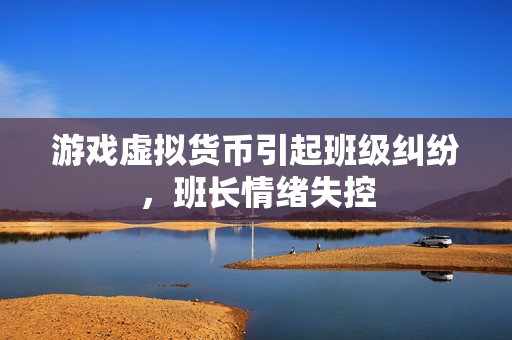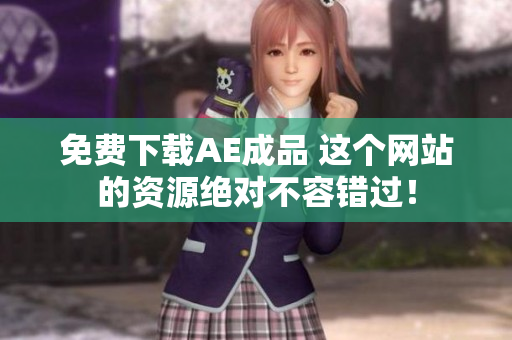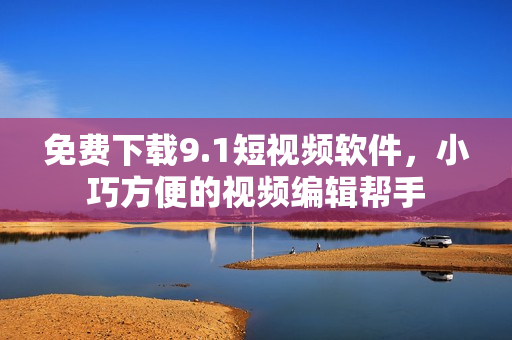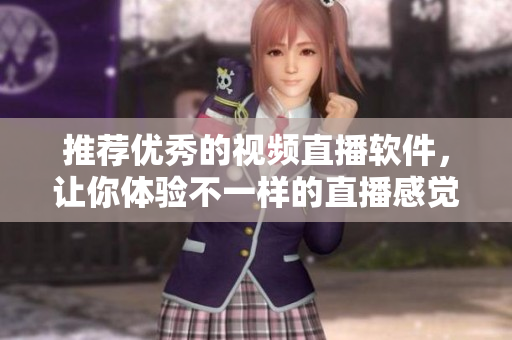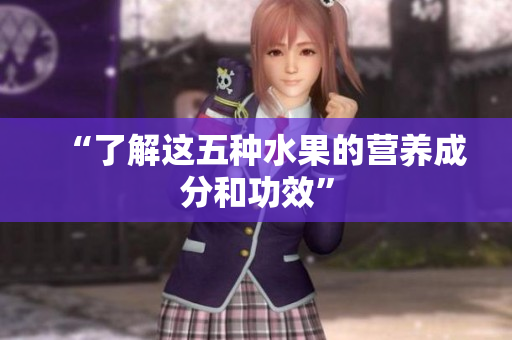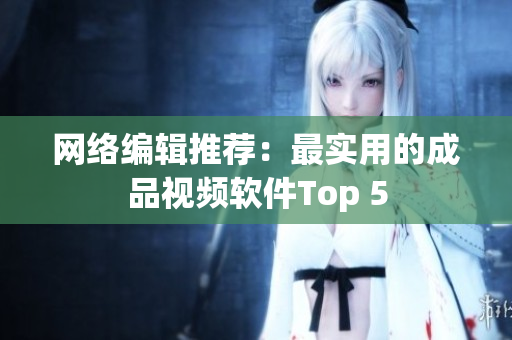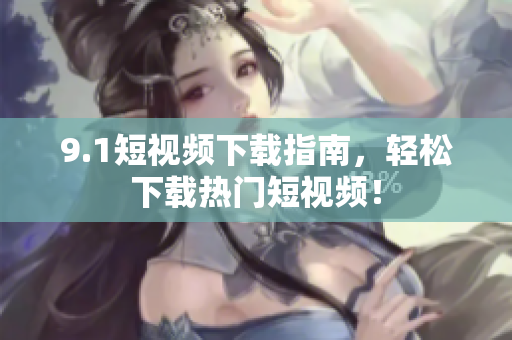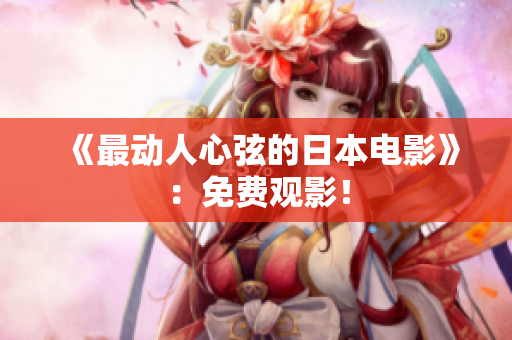Introduction
Western civilization has produced countless masterpieces in the field of humanities and arts, from classical literature to contemporary cinema. However, in today's world, the focus has shifted towards technology and innovation, particularly the revolution of 5G technology in China. While this advancement has brought numerous benefits, it has also raised concerns about its impact on traditional arts. In this article, we will explore the intersection of technology and culture, and examine how these two forces can co-exist in harmony.
The Beauty of Western Art
Western civilization has been celebrated for its contributions to art in various forms. From Leonardo da Vinci's Mona Lisa to Shakespeare's Hamlet, these works have inspired generations of artists and thinkers. The art of Western civilization reflects both a deep appreciation of beauty and a commitment to the exploration of complex ideas. From the Renaissance to the Modern era, Western art forms have been regarded as the epitome of sophistication and elegance.
The Impact of 5G Technology on China
China has been at the forefront of the 5G technology revolution, with the government investing heavily in its development. The introduction of 5G technology promises to revolutionize telecommunications and change the way people interact with technology. With faster download and upload speeds, 5G technology will enable people to connect with each other in new ways and have access to information instantaneously.
The Dilemma of Cultural Preservation
With the focus on technology and innovation, there is a growing concern that traditional art forms are in danger of being marginalized. The development of 5G technology has the potential to significantly alter the cultural landscape, with a shift towards digital mediums and away from more traditional forms of art. There is a real risk that we may lose the beauty of classical literature, painting, and sculpture, which are an integral part of our cultural heritage.
The Importance of Co-Existence
While there is a real risk of traditional art forms being overshadowed by technological advancements, it is essential to recognize the importance of both. Technology has the potential to enhance and complement the traditional art forms, and vice versa. For example, augmented reality and virtual reality technology can bring classical paintings to life and enable people to experience them in a new and exciting way. It is essential to strike a balance between embracing technology while still preserving our cultural heritage.
The Ethical Considerations of Gaming
Gaming has emerged as a significant industry in recent years, with millions of people across the world engaging in various forms of gaming. There has been a growing concern about the ethical implications of gaming, particularly with regards to microtransactions. In some cases, game publishers have been accused of exploiting children and teenagers by luring them into purchasing in-game items using real money. It is essential to consider the ethical implications of gaming and ensure that it is a safe and fair experience for everyone.
The Role of Education in Cultural Preservation
Education plays a crucial role in preserving our cultural heritage. It is essential that we continue to teach children about the beauty and significance of traditional art forms. We must also encourage them to explore technology in a way that complements and enhances these art forms. By doing so, we can ensure that our cultural heritage is not lost, and that it continues to inspire and enrich generations to come.
The Scarcity of Early Childhood Education in Southeast Asia
While we have discussed the intersection of technology and culture, it is essential to look at other regions in the world. In Southeast Asia, early childhood education remains a scarce resource, with many children unable to access quality education. This is a significant issue that needs to be addressed if we are to ensure that future generations have the tools they need to preserve and celebrate their cultural heritage.
Conclusion
The intersection of technology and culture is a complex issue, with both opportunities and challenges. While 5G technology promises to revolutionize the telecommunications industry, it is essential to recognize the importance of preserving our cultural heritage. By striking a balance between technology and culture, we can ensure that both thrive and coexist in harmony. We must also recognize the importance of early childhood education in preserving cultural heritage and ensure that every child has access to quality education.

